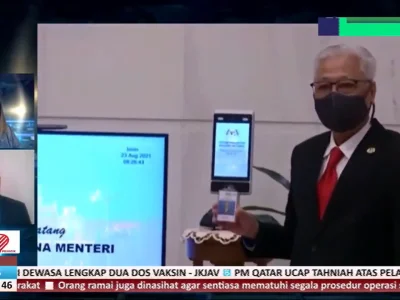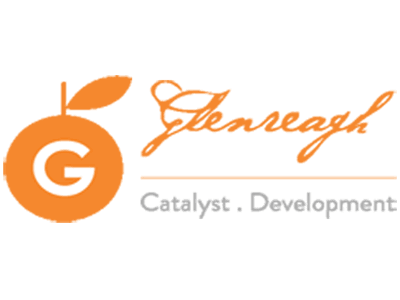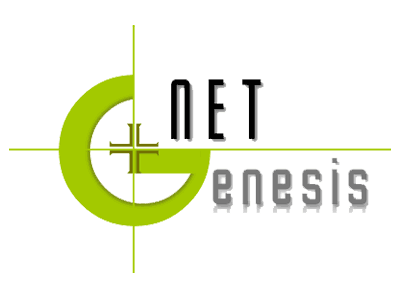Edited by Gunaprasath Bupalan (YouTube – Emjay Communications / www.newshubasia.com / www.ihaus.com.my / www.property360digest.com / www.malaysiaglobalbusinessforum.com
Dato’ Faris Yahaya (Group CEO of ORANGEBEAM) has drawn up a bold blueprint together with his team, focusing on bringing intentional disruption of technologies in its businesses. ORANGEBEAM aims to build on the foundation of this highly technical building and construction landscape to disrupt the industry and build the future.
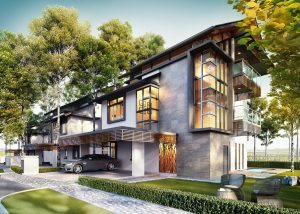
Between 2016 and 2018, prices of homes have increased by 13 percent. That said, demand for housing will continue to be supported by income growth and formation of new households.
When we speak of future-proofing homes, most of us would think of integration of smart technologies into the buildings. While this is part of it, future-proofing requires industry players to design and build homes with the demands and expectations of the next generation of buyers in mind.
This begs the question – what does the future hold for our prospective buyers? Today, affordability is the number one concern with the year-on-year increase in house prices in Malaysia. Between 2016 and 2018, prices of homes have increased by 13 percent. That said, demand for housing will continue to be supported by income growth and formation of new households.
Our government is rising to tackle this issue as well with the budget allocation of RM1 billion to help those earning RM2,300 or less a month to own their first home. More recently is the Home Ownership Campaign designed to match homeowners with the empty units under Malaysia’s current property market overhang. As industry players, it’s imperative that we play our part too. The solution to these buyers’ dilemma lies in our efforts to future-proof the way we build.
One key trend in future-proofing homes involves energy efficiency. While many may argue that this may add to the build cost, the long-term energy efficiency savings outweigh the cost. Most houses are long-term investments for buyers which means energy efficiency translates into cost savings in water and electricity bills in the long run.
Let’s take Diamond Building, the headquarters of the Malaysia Energy Commission that ORANGEBEAM designed and built, as an example. The building is incorporated with green technology solutions that amounted to six percent from the total cost of construction. But it saves the organisation approximately RM1 million every year and has surpassed the investment they have made over the course of years.
The HQ features energy-efficient lighting controls powered by sensor technologies, coupled with automated blinds and Tannenbaum reflector panels that optimise daylight throughout the building, resulting in 48 percent annual electrical saving. We are proud to have our mark on the Diamond Building, that earned the first office building in Malaysia to obtain the Green Building Index platinum rating, and the first outside of Singapore to obtain the Green Mark platinum rating.
And of course, these technologies can be scaled for homes as well. Our very own D’Heron at The Lake in Precinct 16, Putrajaya is the first energy-efficient Building Integrated Photovoltaic (BIPV) residential development in the country. They are equipped with grid-connected BIPV panels to generate electricity that use Photovoltaic, a renewable energy technology. The installation of a solar energy system is also one of the best eco-friendly ways to future proof homes. Houses that rely less on the “grid” for electricity provide greater peace of mind as it allows occupants to be more self-sufficient.
Future-proofing homes to accommodate the needs of aging occupants can be useful in the long run too. Countries are at risk of becoming an “ageing population” when seven percent of the total population is aged 65 and above, according to World Health Organisation (WHO). As of 2017, the number of people aged 65 and above in Malaysia was about two million or 6.3 percent of the total population. As developers, it is important to consider not just how space will be utilised now, but how it might be used a decade or two down the road. A future-proof home is one that has adaptable living spaces that can accommodate lifestyle changes and the demands of multi-generational occupants.

Future-proofing homes to accommodate the needs of aging occupants can be useful in the long run too.
Life is uncertain, and many houses today do not cater to changes and challenges occupants might face. But there are ways we can future-proof a house to be flexible enough to cater for an expanding number of residents and their inevitable changing requirements, and ensure the house is accessible for all, regardless of age or ability. Making homes adaptable is a savvy financial investment for buyers.
As most homes today do not account for change or flexibility, there is an opportunity for us, industry players to help homeowners save money, time, resources and waste. Homes that are future-proof will serve happy households.
For further details, please visit www.orangebeam.com.my
-end-
Services
STAKEHOLDER ENGAGEMENT
BUSINESS INTELLIGENCE
GOVERNMENT RELATIONS
BUSINESS & BROADER MARKET ACCESS
Upcoming Events
‘A WORKING LUNCH WITH NORDIN’: NATIONWIDE TOUR WITH TOYOTA
MGBF Roundtable: Digitalisation of the Food and Beverage Industry
THE SOUTH CHINA SEA: A THREAT OF DISRUPTION FOR BUSINESS?
FOOD SECURITY IN THE BREACH: INDUSTRIALISATION AND WEAPONISATION
MGBF In The News

MALAYSIA GLOBAL BUSINESS FORUM TIES UP WITH SCOUTASIA
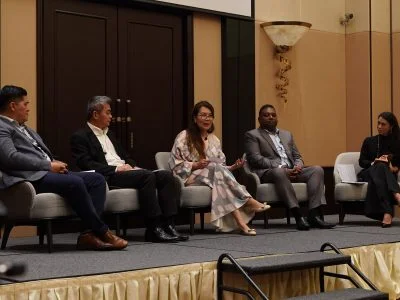
MGBF Photo Bank
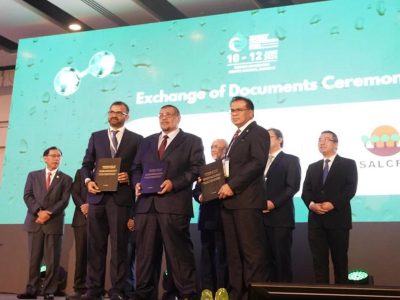
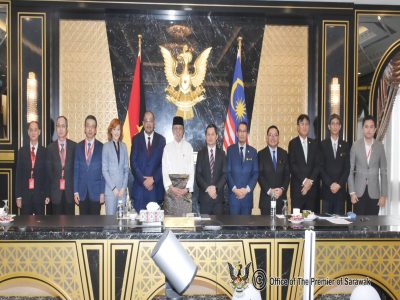

SPM and the Future of Data

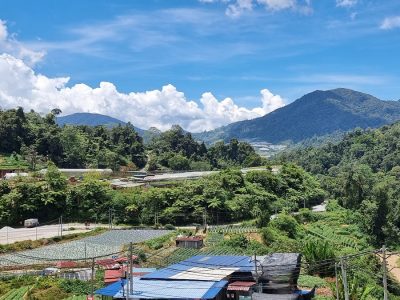
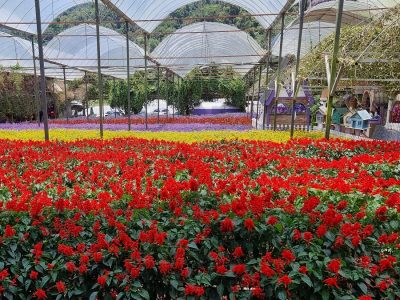
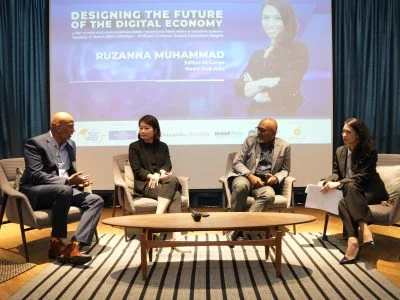

MGBF Roundtable to shape Malaysia’s future in the digital economy
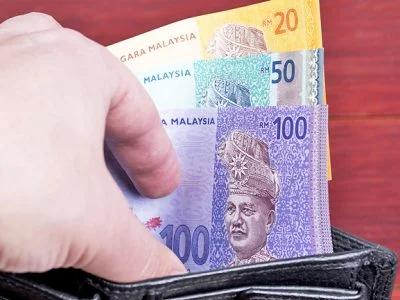
MGBF: Political stability to usher in new era for business

Death by a Thousand Algorithms
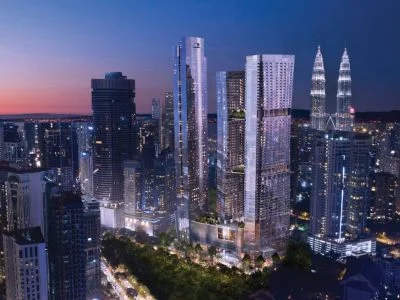
KSK Land recognised for investor attraction strategy
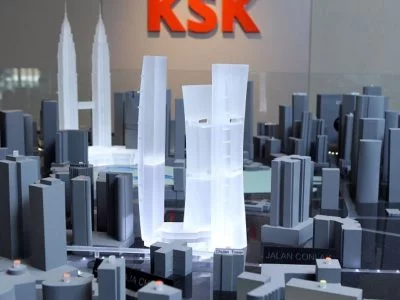
KSK Land set to drive further investment into Malaysia
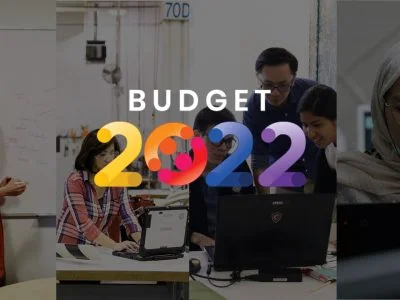
A Need for Strategic Calm
With Change Comes Opportunity
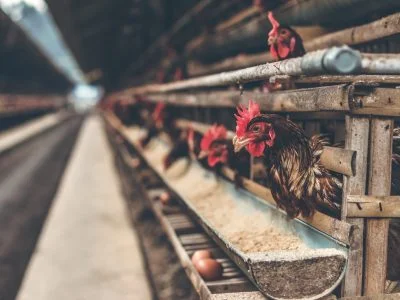

MALAYSIA GLOBAL BUSINESS FORUM TIES UP WITH SCOUTASIA

MGBF Photo Bank














